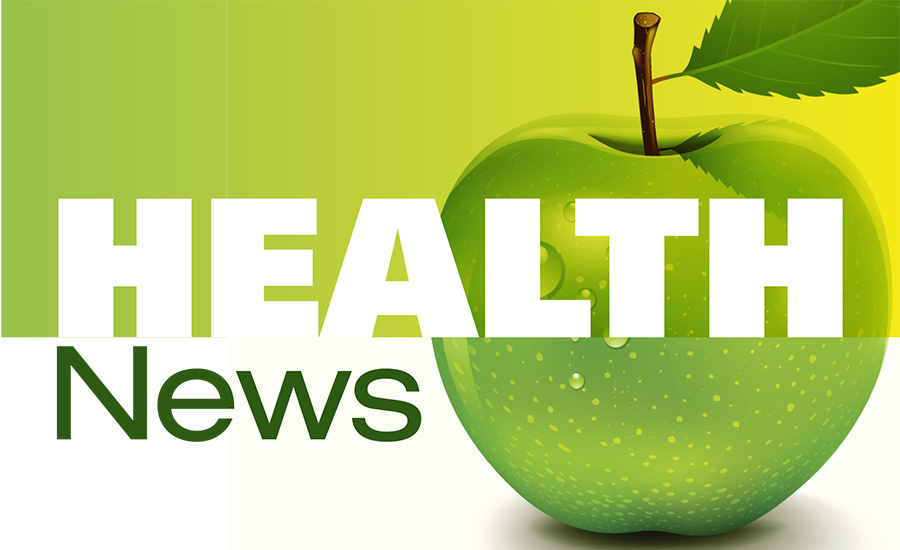For most of the country, the winter months often bring colder temperatures, snow, indoor activities and an increase in the spread of germs. According to the Centers for Disease Control and Prevention (CDC), cold and flu season typically peaks in the United States between December and February.2
A survey conducted by Wakefield Research (sponsored by GOJO Industries) reveals some startling facts about how Americans handle illness during the winter germ season:
- Sixty-nine percent (69 percent) of working Americans don't take sick days because they don't want to miss a day of work, even if they're actually sick3;
- Sixty-two percent (62 percent) of working Americans have gone to work sick3;
- Nearly three in four parents have sent their children to school sick3; and
- Sixty percent (60 percent) of those surveyed saw their co-worker sneeze without using a tissue.3
According to the CDC, approximately 80 percent of infectious diseases are transmitted by touch4 and the CDC recommends hand hygiene as one of the most important steps to avoid getting sick and spreading germs to others.5 In fact, results from the Wakefield Research Survey showed that of those who didn't get sick last winter-germ season, the majority of them, 67 percent, said hand hygiene is the reason why.3
"This survey highlights that hand hygiene must be practiced far more thoroughly and regularly – whether it's at home, in the office or on the go," said Jim Arbogast, Ph.D., Vice President of Hygiene Sciences and Public Health Advancements, GOJO Industries. "Keeping hands clean by either washing with soap and water or using an alcohol-based hand sanitizer, like PURELL® Advanced Hand Sanitizer, should be second nature for all of us. It's a simple and effective way to prevent you and your family from getting sick and spreading illness-causing germs to others."
The CDC recommends washing hands with soap and water and when soap and water are not available to use an alcohol-based hand sanitizer with at least 60 percent alcohol to reduce germs on hands and decrease the spread of illness-causing germs.5
It is important to remember the key moments for practicing hand hygiene. These include:
- Before and after preparing food,
- Before eating,
- Before and after caring for someone that is sick or around someone who is ill,
- After using the bathroom,
- After sneezing or coughing,
- After touching anything that is in a high-traffic area that may have been touched by many different hands, such as the grocery cart handle, a phone or a handrail.
For more surprising facts about how Americans handle illness during cold and flu season, view our infographic, Germ Alert: Your Co-Worker Might Not Call In Sick.
ABOUT THE SURVEY
The survey was conducted by Wakefield Research among 1,000 nationally representative U.S. adults aged 18+, between Jan. 22 and Feb. 2, 2015.
2 Centers for Disease Control and Prevention. What You Should Know for the 2015-2016 Influenza Season. Retrieved December 29, 2015, from http://www.cdc.gov/flu/about/season/flu-season-2015-2016.htm
3 Wakefield Research conducted a survey between January 22nd and February 2nd, 2015, among 1,000 U.S. nationally representative adults aged 18 and older. The margin of error at the 95 percent confidence level is +/- 3.1 percentage points. Survey sponsored by the makers of PURELL Hand Sanitizer.
4 Centers for Disease Control and Prevention (CDC). CDC Quick Reference Guide for Public Information on Infection Control.
http://d3n8a8pro7vhmx.cloudfront.net/unitedchurchofchrist/legacy_url/3009/SwineFluInformation.pdf?1418426046
5 Centers for Disease Control and Prevention (CDC). Handwashing: Clean Hands Save Lives. http://www.cdc.gov/handwashing/when-how-handwashing.html December 11, 2013.



